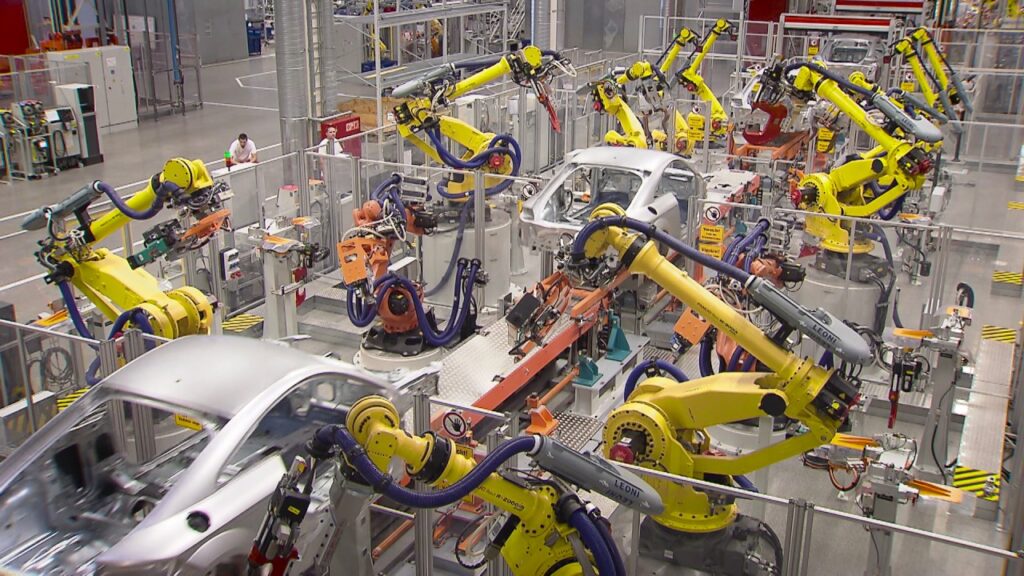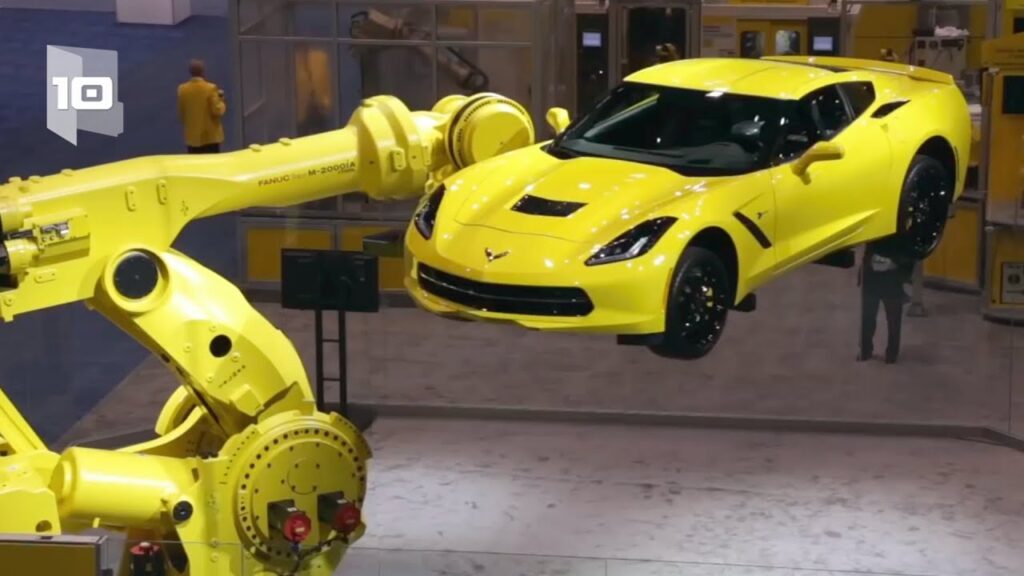Industrial Robots Applications: Revolutionizing the World of Manufacturing
Industrial automation has come a long way since its inception. The utilization of robotic technology has undoubtedly transformed the manufacturing sector, allowing for increased efficiency, accuracy, and productivity. One key pioneer in this field was George Devol, who applied for the first robotics patents in 1954, ultimately granted in 1961. This monumental breakthrough led to the birth of Unimation, the first company to produce a robot, forever altering the landscape of industrial robots applications.
The introduction of industrial robots was a game-changer. These mechanical marvels were designed to perform repetitive tasks with precision and consistency, eliminating the need for manual labor in certain areas of manufacturing. With their increased capabilities, industrial robots found their place in various industries, including automotive, electronics, healthcare, and many more.
Robotic arms, in particular, have become an integral part of industrial robots applications. Equipped with advanced sensors and cameras, these versatile machines excel in complex assembly tasks, welding, material handling, and even intricate surgery procedures. The implementation of industrial robots not only enhances productivity but also ensures the safety of workers by assuming hazardous and physically demanding roles.
Today, industrial robots are widely used in the automotive sector. These robots work seamlessly on assembly lines, effortlessly performing repetitive tasks such as welding, painting, and precision placement. With their exceptional accuracy and consistency, industrial robots have significantly reduced production time and minimized errors, resulting in higher quality products.
The electronics industry has also embraced the benefits of industrial robots applications. In the manufacturing of electronic components, robots play a critical role in precise soldering, PCB assembly, and even testing and inspection. The automation provided by industrial robots has significantly increased production rates and reduced the risk of human error, leading to improved product quality and customer satisfaction.
Another area where industrial robots have made a significant impact is in the healthcare sector. Surgical robots have revolutionized the field of medical procedures. With their incredible precision and meticulous control, these robots allow surgeons to perform intricate surgeries with enhanced accuracy, minimizing invasiveness and promoting faster recovery times. Industrial robots also aid in tasks such as medication dispensing, patient transportation, and even rehabilitation exercises, freeing up healthcare professionals to focus on crucial aspects of patient care.
It is worth noting that the history of industrial robots applications is not limited to the fields mentioned above. These incredible machines find their place in warehouses, food processing plants, waste management facilities, and many other industries. With advancements in technology, industrial robots continue to evolve, addressing new challenges and opportunities across various sectors.
The future of industrial robots applications holds immense potential. As technology progresses, these robots are becoming smarter, more intuitive, and highly adaptable. Collaborative robots, also known as cobots, are a prime example of this evolution. These robots can work alongside humans, assisting them in tasks that require precision, strength, or even those that pose potential risks to human workers. From small businesses to large-scale manufacturing plants, cobots are transforming the way industries operate.
The progressive integration of Industrial Internet of Things (IIoT) and artificial intelligence (AI) into industrial robots applications further enhances their capabilities. Through interconnected networks and data analysis, robots can be trained to optimize their performance, predict maintenance needs, and even adapt to dynamic environments. This merging of technologies opens up a world of possibilities, making industrial robots an indispensable asset in achieving unprecedented levels of efficiency and productivity.
In conclusion, the birth of robotics patents in the mid-20th century paved the way for an industrial revolution. George Devol’s vision and the subsequent establishment of Unimation revolutionized the world of manufacturing. Industrial robots have found their place in various sectors, reshaping the way we produce goods and augmenting human capacities. From automotive and electronics to healthcare and beyond, industrial robots applications continue to expand, further improving efficiency, quality, and safety. As technology progresses, the future holds even more exciting advancements, pushing the boundaries of what industrial robots can achieve.
Industrial Robot
“The Evolution and Applications of Industrial Robots: A Comprehensive Overview of Their Historical Significance and Modern Usage”


